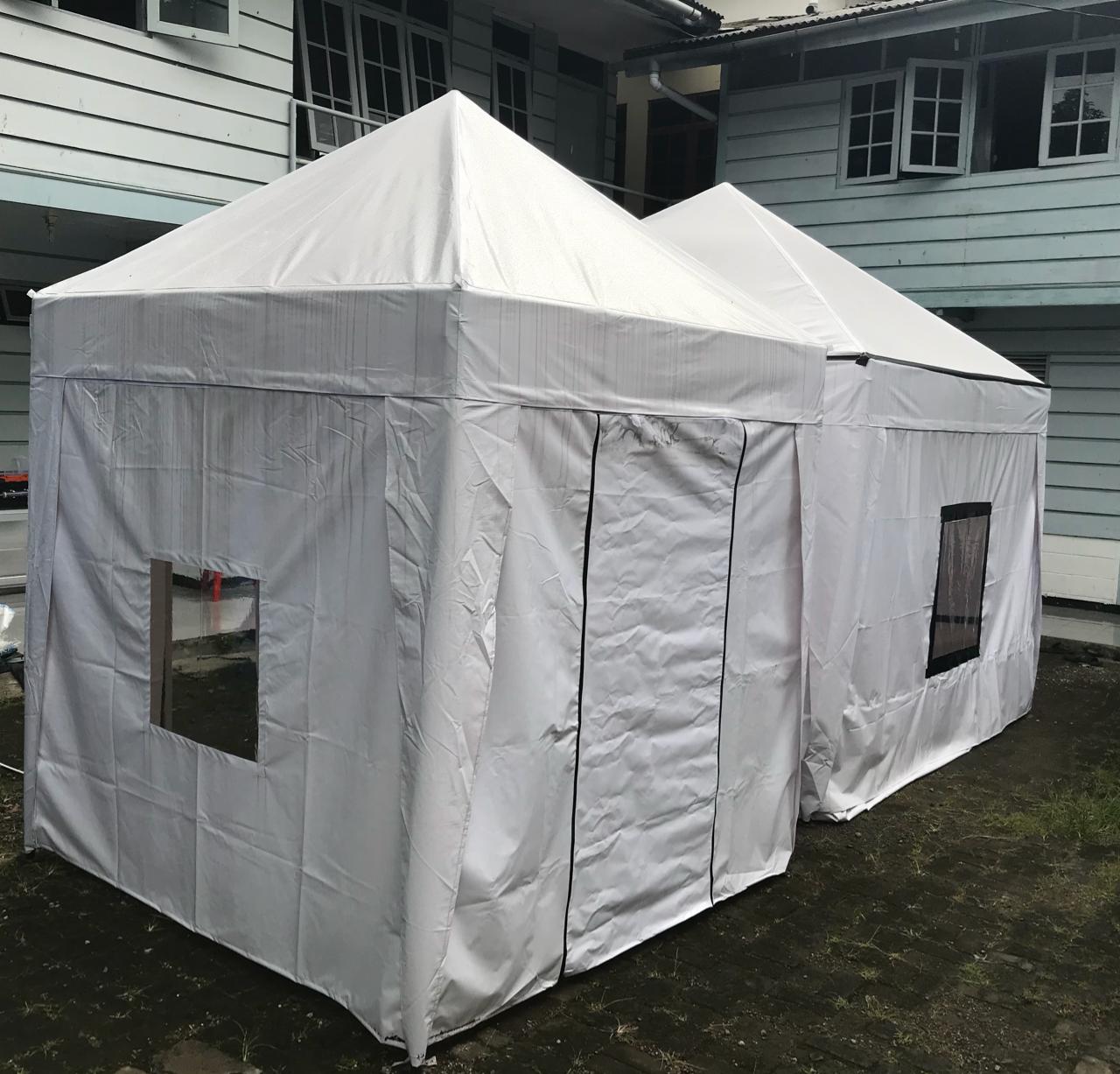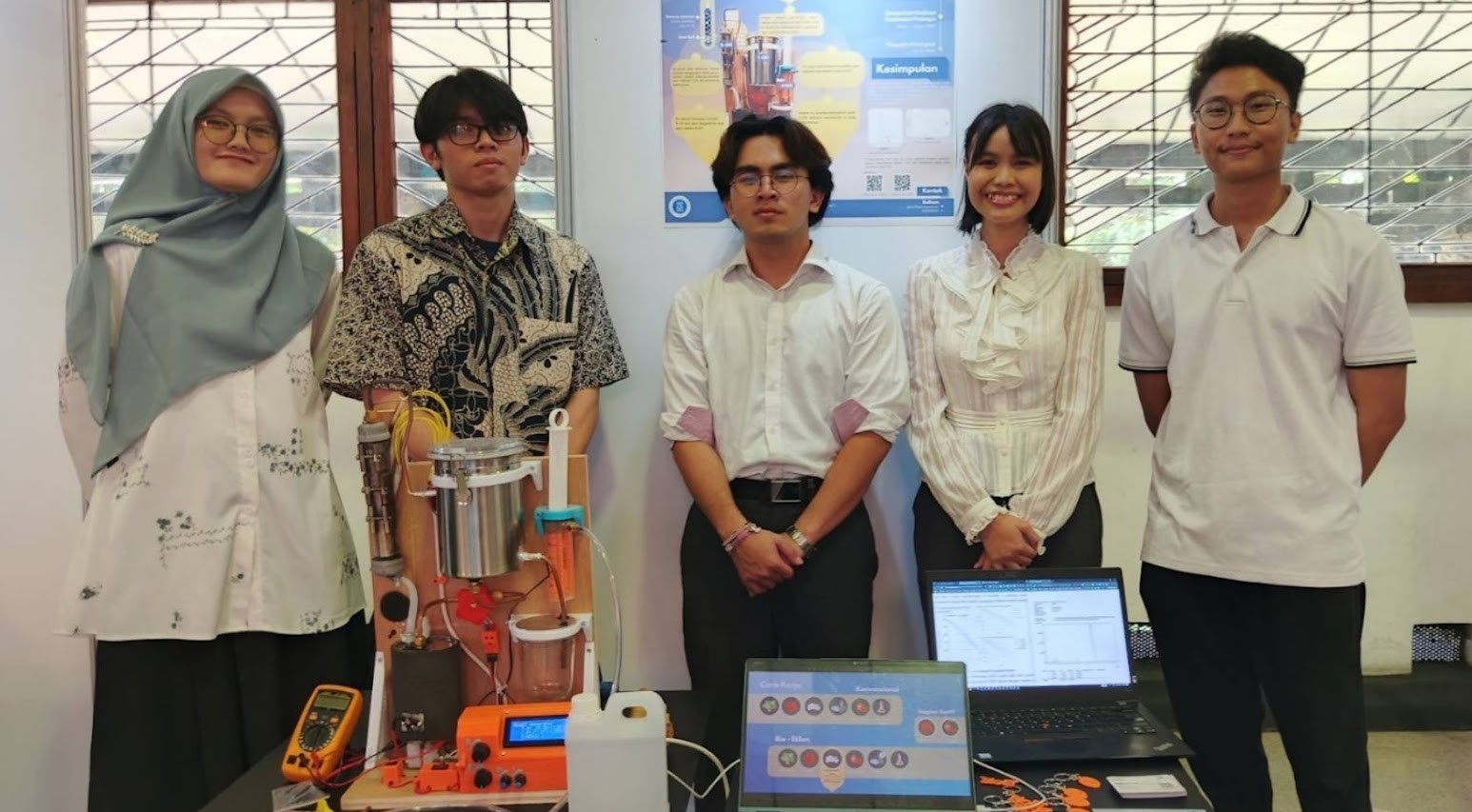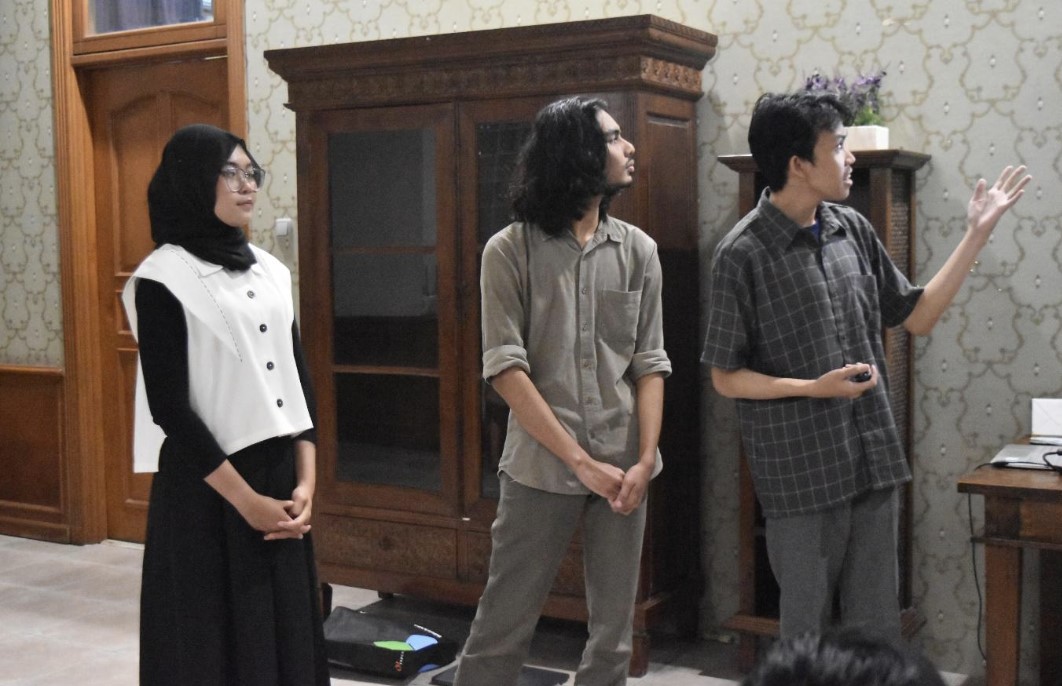ITB Develops Individual Isolation Room in Handling COVID-19
By Adi Permana
Editor Adi Permana
 *Photo by Arria Srinardwita
*Photo by Arria Srinardwita
BANDUNG, itb.ac.id - Recently, the number of COVID-19 cases in Indonesia continues to increase. As a result, the number of patients who need intensive care with adequate facilities is also increasing. However, not all referral hospitals have adequate facilities in handling and care of COVID-19 patients, one of which is the isolation room facility.
Ir. V. Sri Harjati Suhardi, Ph.D., or better known as Renni Suhardi, and the team are developing individual isolation room for COVID-19 patients. The construction of this individual isolation room was carried out with alumni of ITB Loedroek Foundation and is currently in the prototyping stage. Funded by the Institute for Research and Community Services ITB, the construction of this individual isolation room has been running for six weeks since it began around the second week in March 2020. Regarding the funds needed to make the prototype, Renni admits that she has not been able to estimate the funds to make one unit of this isolation room because the prototype has not been finished yet.
This individual isolation room is designed to have negative pressure, meaning that the air pressure in the isolation room is lower than the air pressure outside the isolation room. With this design, if there is aerosol from the patient, the air in the isolation room will come out of the room through the HEPA filter, so that there is no spread out of the patient's aerosol that will infect others.
The isolation room created by Renni and the team sizes 5m x 3m and it consists of main room (3m x 3m) and ante room (2m x 2m). The main room will later be an isolation room for COVID-19 suspected patients. "While the ante room is a space intended for medical officers. The initial idea of making this room was intended for hospitals and health facilities," said this Lecturer of Microbiology Study Program in School of Biological Science and Technology ITB.
Renni said, the initial idea of making this individual isolation room was an isolation room that contained only one patient but in an urgent situation could be used for two patients. This usage does not harm the patients or medical staff because this isolation room has a disinfection system using ozone. Before the room is entered, it is also sterilized first. "This module can be used for a period of one year and care of the room is the responsibility of the hospital in accordance with management of PPE (personal protective equipment)," she added.
This individual isolation room is expected to be a solution for patients who must be isolated but cannot be accommodated in hospitals. Therefore, this isolation room can also be used at home and its size can be adjusted to the needs, not necessarily 5m x 3m. "The concept of making an individual isolation room can later be adjusted for the size of the house and it will be simpler," said Renni.
*Photo by Arria Srinardwita
Renni further explained, for the isolation at home, ante room can be eliminated but the disinfection system would be modified. Although isolation using this room is at home, other family members will remain safe and uninfected if the modified isolation room is made according to the prototype. Currently Renni and the team are also developing prototypes that are smaller and simpler than 5m x 3m. "Not only can it be used at home, this individual isolation room can also be used by students who are in boarding house while still considering the presence of people who treat patients. If the condition is not possible to isolate in the boarding house, the patient will be better to isolate in the hospital's isolation room, "he explained.
Basically the use of this isolation room also prevents the infected patient's condition from getting worse, especially if the patient's immune system is not in good condition. By being in individual isolation, patients are not infected with other microbes such as the virus that causes influenza or dengue fever.
Reporter: Restu Lestari Wulan Utami
Translator: Salsabila Mayang






